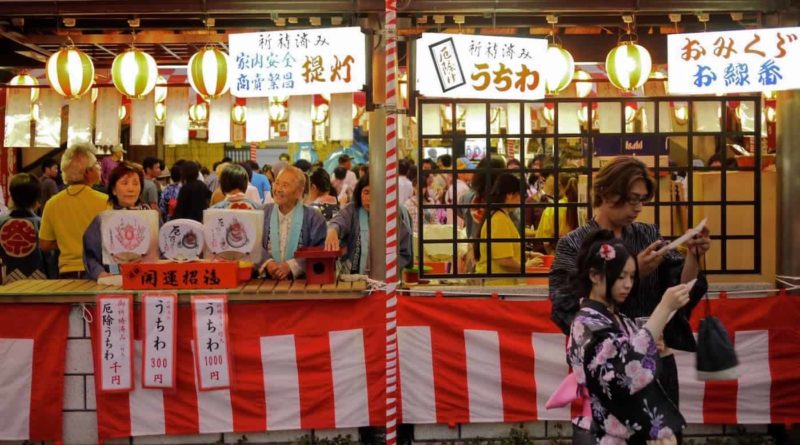Tōkasan Yukata Festival
Held every year for three days starting on the first Friday of June, Tōkasan [とうかさん] is the most festive of Hiroshima’s downtown festivals and has a history that goes back 400 years. Signalling the start of summer, locals mark the occasion by giving traditional lightweight summer kimono, called yukata, their first outing of the year. Everyone, from young punks to pensioners, loves Tō kasan and the streets in the city center are packed and ablaze with color.
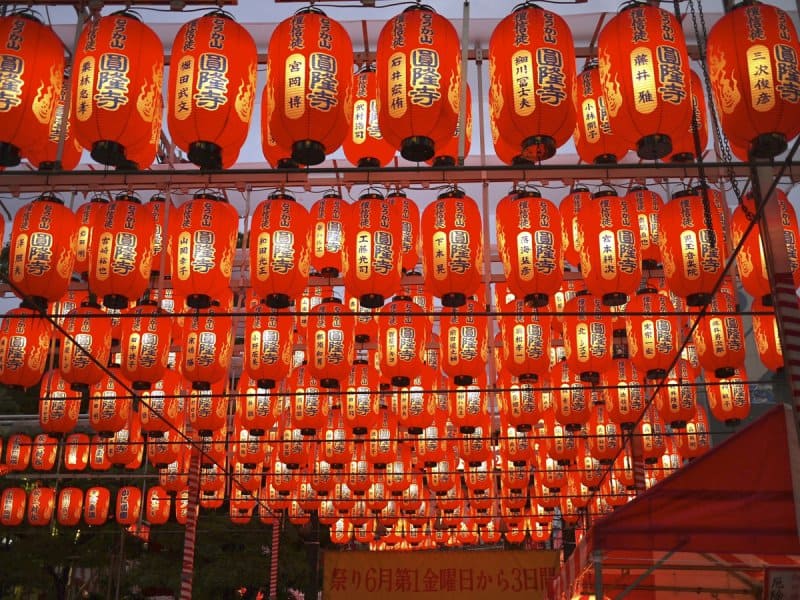
Most will line up at Enryu-ji Temple at the end of Chuo-dori – recognizable by the many many read lanterns that hand over the forecourt (not to mention the long line that spills out and down the street during the festival) – to pray to Tōka Daimyoujin for good fortune, but Tōkasan is as much about showing off your yukata, sampling the street food and playing festival games as it is about religious ritual.
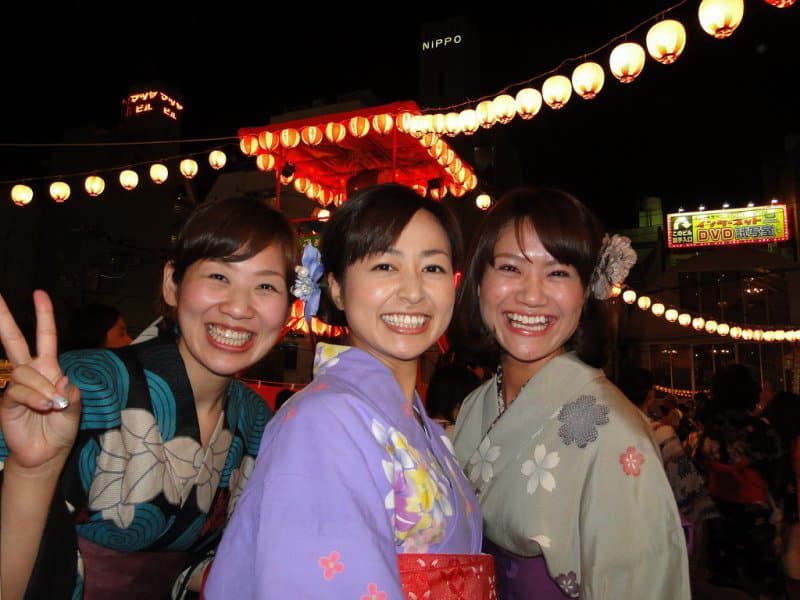
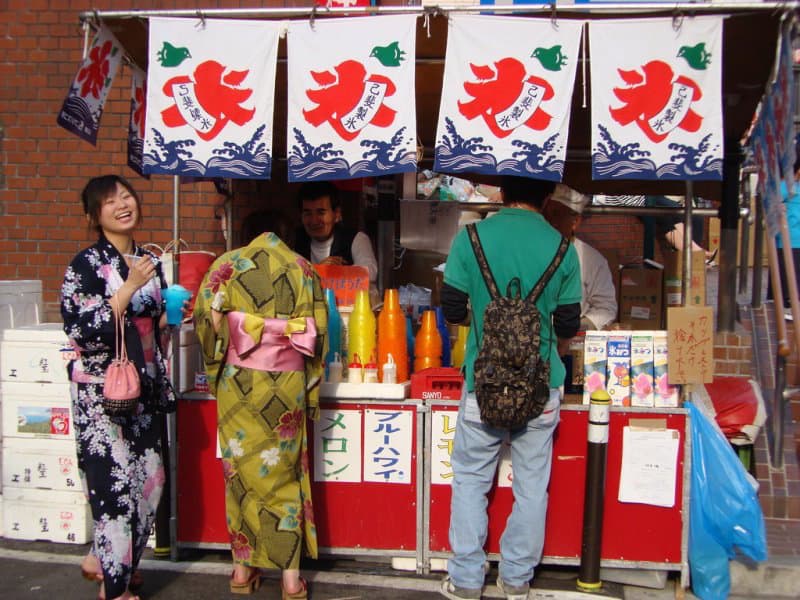
Tokasan knowledge
Tōka is an alternative reading for the characters of the Shinto god Inari [稲荷]- the kami of rice, prosperity, fertility as well as other good stuff like tea and sake. Inari shrines are distinguished by multiple torii gates and statues of foxes – the most famous being Fushimi Inari Shrine in Kyoto – and you’ll often find them within the grounds of a Buddhist temple, as at Enryu-ji Temple here in Hiroshima.
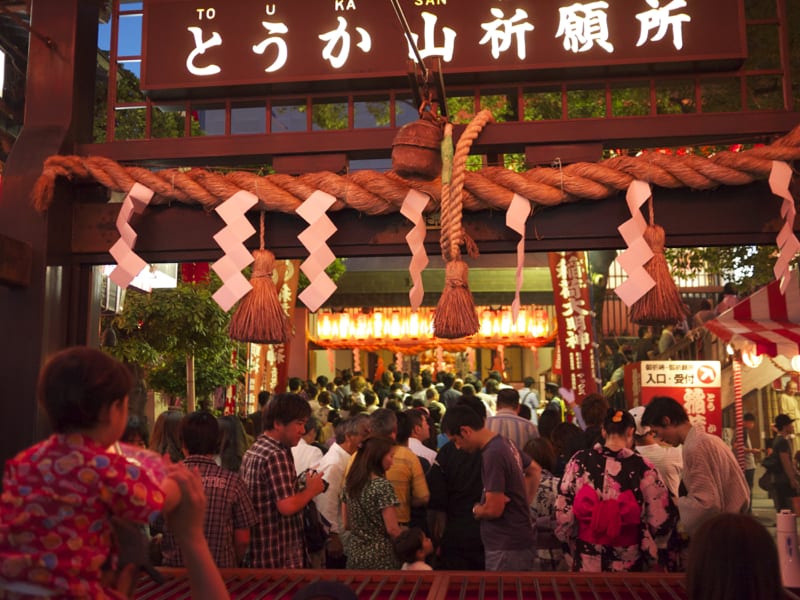
The festival was originally held on the day on which Boys’ Day fell on the old lunar calendar. As that could be anywhere from early May to late June in the Gregorian calendar it was decided that it would be held around the 10th of June (the 10th of the month also being referred to as tōka in Japanese). Pressure from traders saw the festival extended to two, and then three days. Inari is the god of prosperity after all. Since 1999, the festival has started on the first Friday of June, ensuring a full weekend of enlightened cash flow.
After paying your respects, make a ¥300 or ¥1000 offering and get a yakuyoke uchiwa fan. According to the temple website these fans are the embodiment of Tōka Daimyoujin herself, and the most effective talisman for warding off misfortune in all of Japan. Guaranteed to be effective aid to health, wealth and longevity. Quite a bargain.
After paying your respects, make a ¥300 offering and get a yakuyoke uchiwa fan. According to the temple website these fans are the embodiment of Tōka Daimyoujin herself, and the most effective talisman for warding off misfortune in all of Japan. Guaranteed to be effective aid to health, wealth and longevity. Quite a bargain.
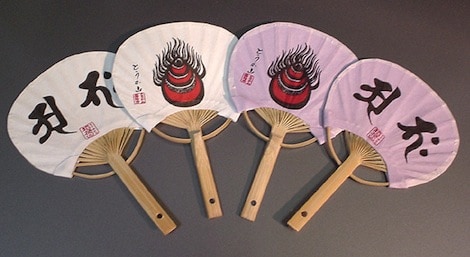
How to Tōkasan
Tōkasan starts around noon each day and runs until about 11pm and it’s after dark that it gets really lively. The main Chuo-dori street is closed to traffic from 7pm on Saturday and Sunday nights, though much of the street is taken up by dance and drum performances, fashion shows and other events. It is pretty cool to be on Chuo-dori just before they closed the street, just to see the crowds flood in from the packed sidewalks and enjoy a few minutes of unimpeded “pedestrian paradise”. Once the events in the middle of the street get going pedestrian traffic moves painfully slow so leave plenty of time to get from one end of the street to the other.
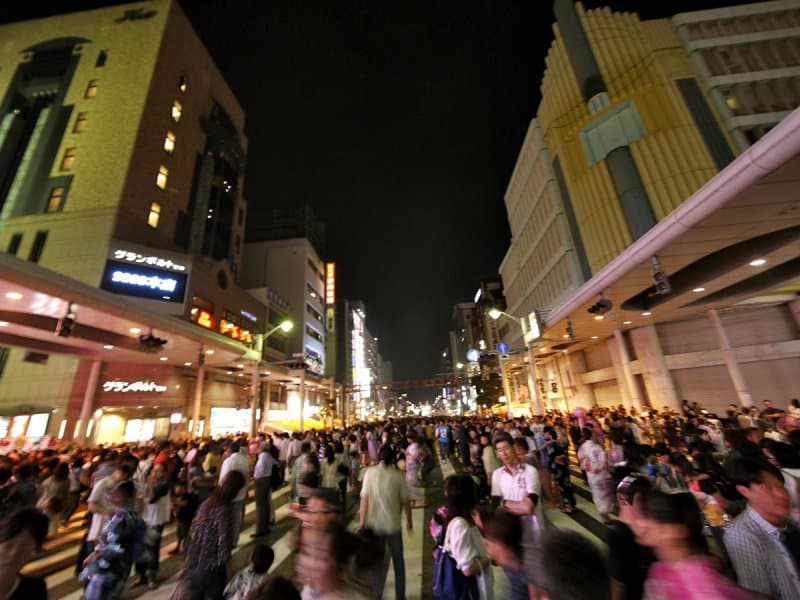
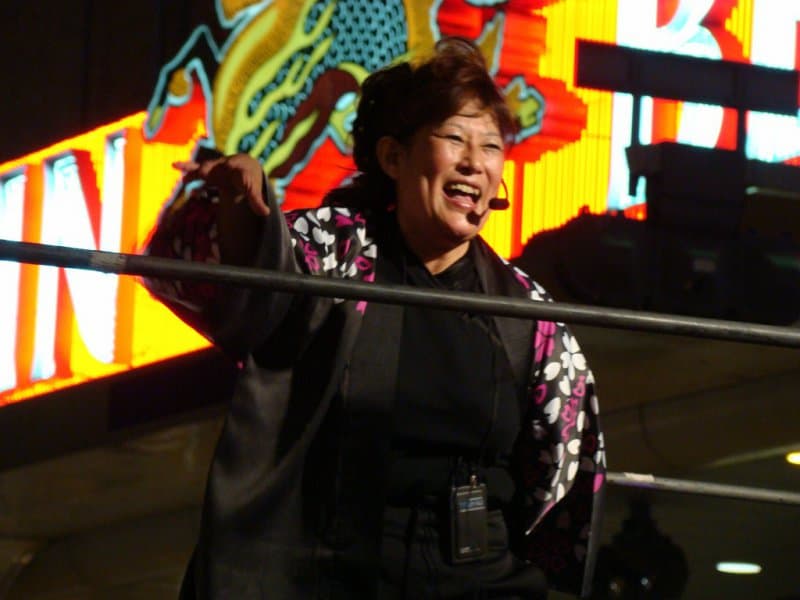

Although the atmosphere on the main street is fun and the dance performances are very enthusiastic, for our money, the best place during Tōkasan is Shintenchi “Park” just off Chuo-dori and on the edge of the entertainment district.


The local residents’ association holds an old-style bon odori dance festival in which everyone is welcome to join. It’s an event that evokes 1960s and 1970s Japan. Kids love the retro cotton candy, snacks and ramune drinks, which are sold at prices that parents love. There are beer stalls and a conveniently placed convenience store which can save you a good amount of cash. There are two bon dance sessions each night, at 19:00 and 21:00 and there are always a good mix of old ladies, families and international travelers dancing their way around the platform. Just follow the moves of those around you, or just improvise! A local favorite is enka singer, Minami Issei, who makes several appearances during the festival to sing Hiroshima Tengoku (Hiroshima Paradise) and the Carp song.
Our annual event listing usually gets updated around the end of May with the latest event information.


